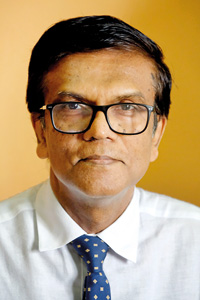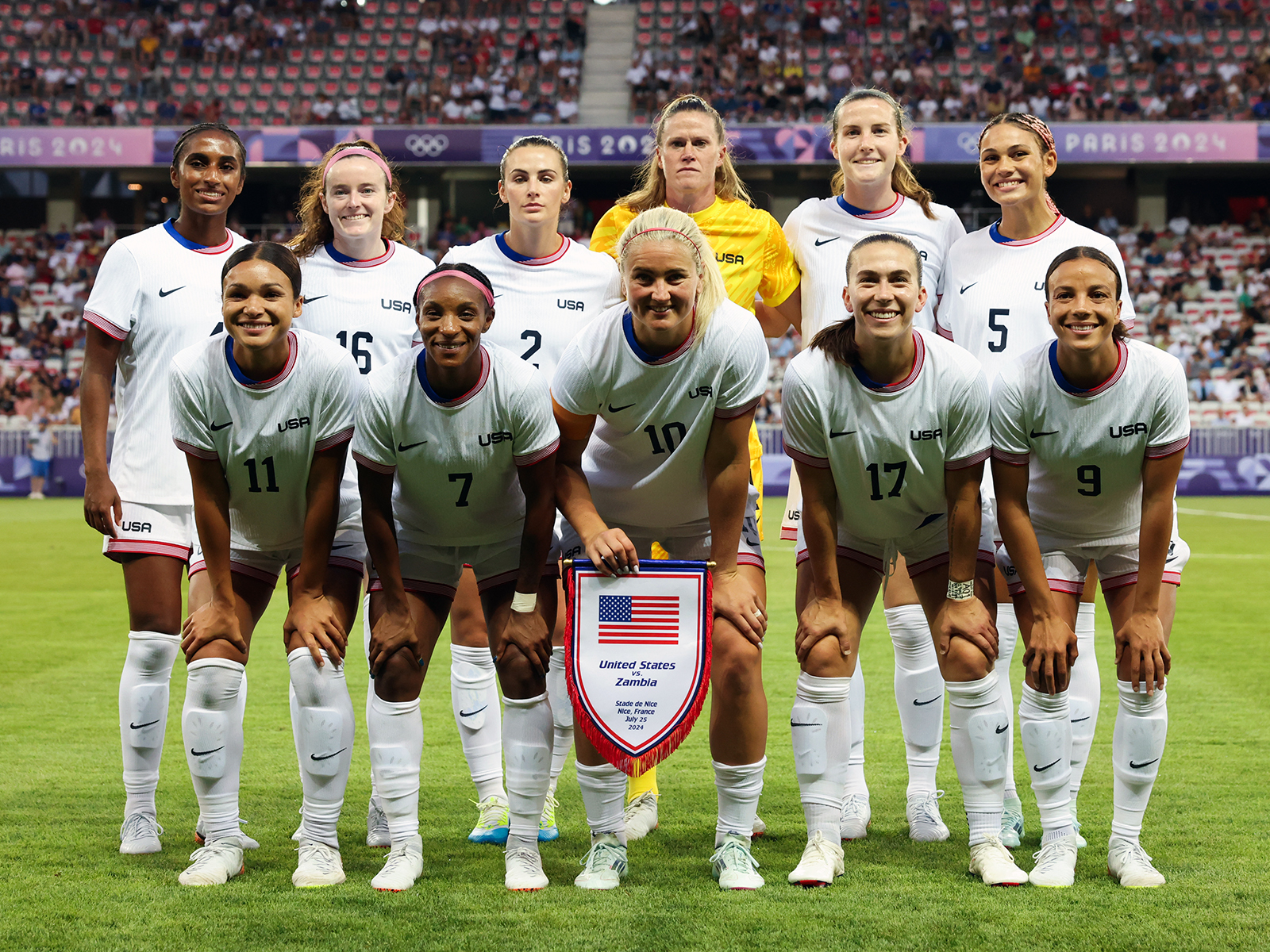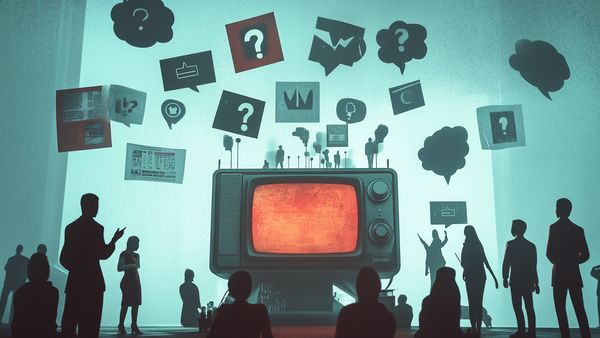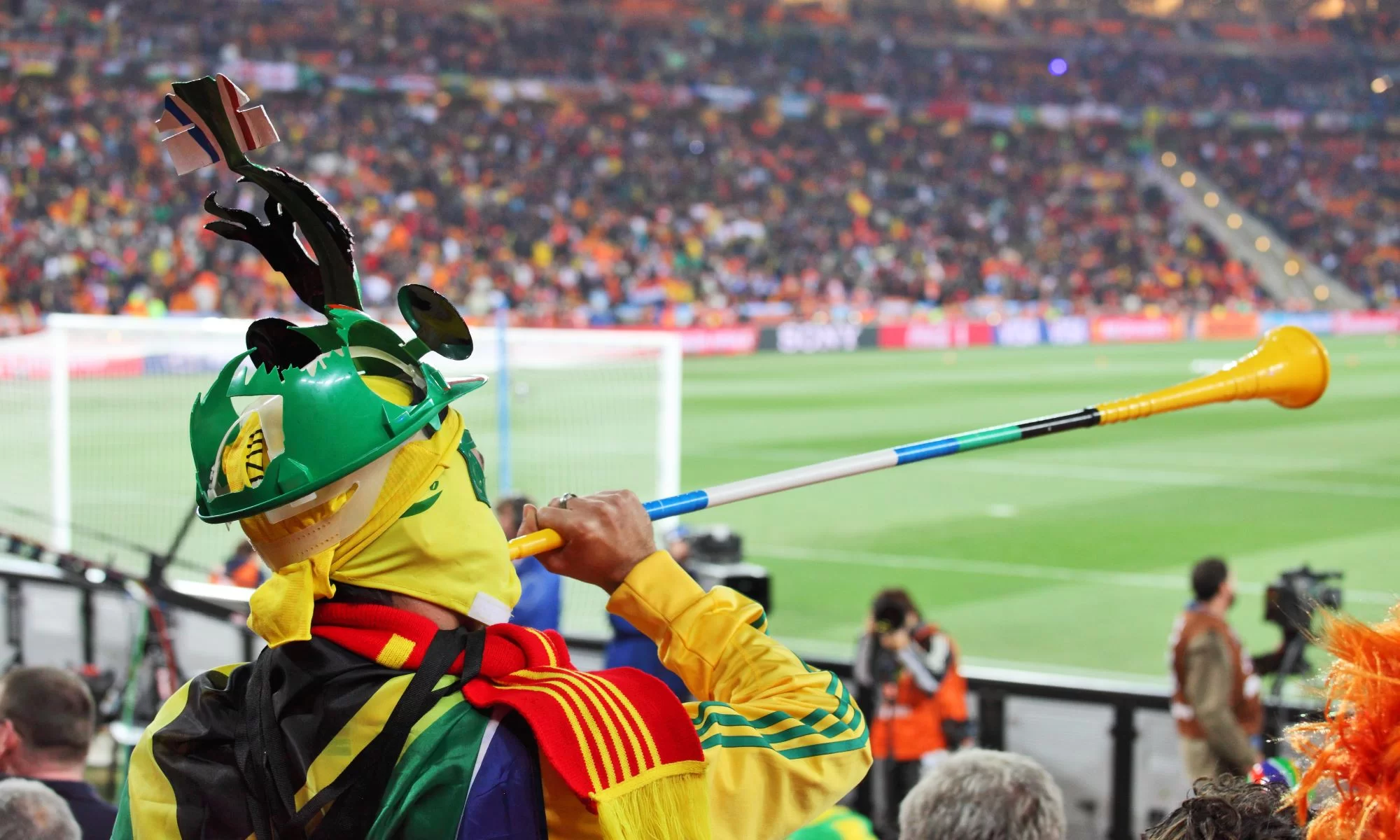The rise of social media platforms has dramatically shifted the landscape of media influence, especially diminishing the once-dominant authority of traditional news anchors. While figures like Walter Cronkite once shaped public opinion and national sentiment, today’s audiences are increasingly turning to influencers, independent journalists, and algorithm-driven news feeds. This shift has altered how information is consumed and trusted, with virality often outweighing credibility in determining reach. The democratization of media voices has empowered citizen reporting, but it has also led to fragmented narratives and greater susceptibility to misinformation.
Traditional media outlets are now adapting by integrating social media engagement into their strategies. News anchors maintain personal Twitter accounts, livestream segments on Instagram, and engage with audiences in real time—efforts aimed at maintaining relevance in a rapidly changing digital environment. Yet, this adaptation is a double-edged sword. While it allows anchors to humanize their personas and build direct relationships with viewers, it also blurs the lines between personal opinion and professional reporting, challenging journalistic integrity and objectivity.
As media consumers, it’s vital to approach both traditional and digital news sources with critical thinking. The transformation in media influence is not inherently negative—it reflects a more participatory culture—but it demands increased media literacy. Understanding how social platforms influence perception is key to navigating today’s complex information ecosystem.






